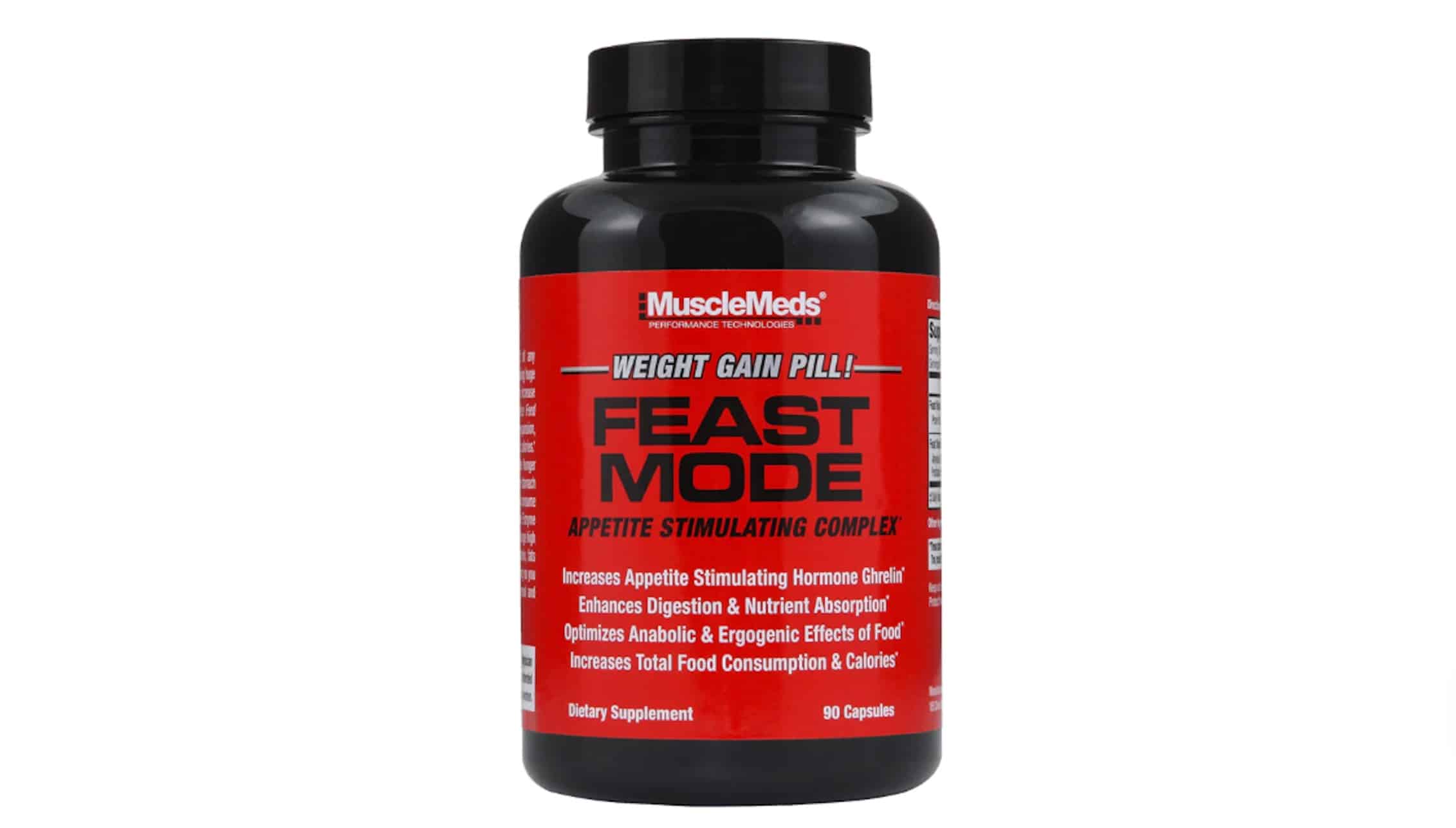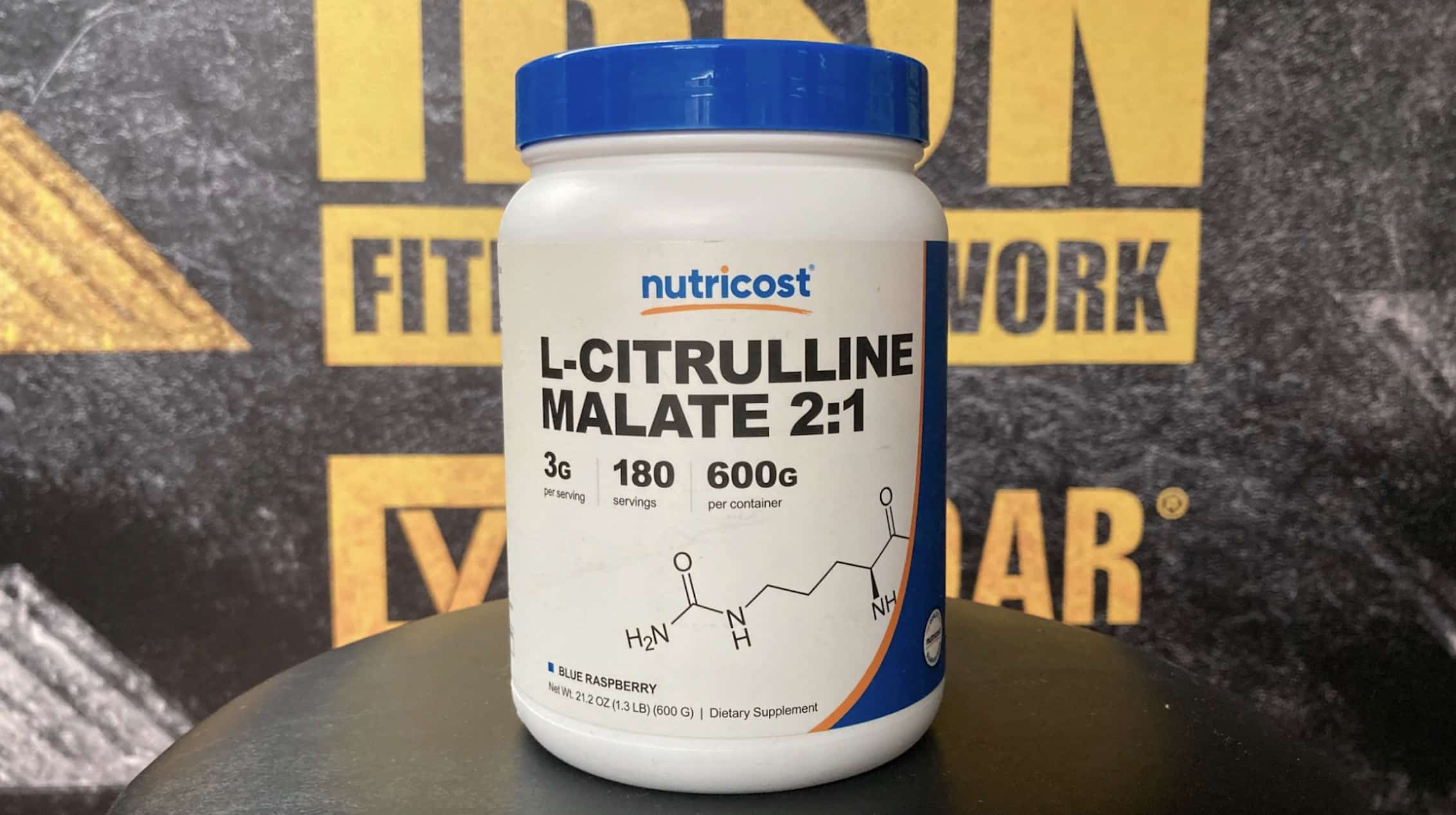Are you going to be stuck in the forever bulk?
When it comes to building muscle mass, the bulking phase is a cornerstone of the process. This phase focuses on consuming a caloric surplus to fuel muscle growth while accepting some inevitable fat gain. However, the question of how long a bulking phase should last depends on various factors, including your goals, experience level, and body composition.
Our team at Generation Iron is going to break down how long you should be bulking for.
Understanding Bulking
A bulking phase is designed to maximize muscle gain by providing your body with the energy and nutrients necessary to grow. This requires:
- Strength training: Consistently lifting heavy weights with progressive overload.
- Increased caloric intake: Consuming more calories than you burn to support anabolic (muscle-building) processes.
However, bulking isn’t just about eating everything in sight. To optimize results and minimize fat gain, a structured and strategic approach is essential.
Factors Determining the Duration of a Bulking Phase
There are several different factors that affect how long you should be bulking for.
- Experience Level
- Beginners: Those new to resistance training may experience “newbie gains,” where rapid muscle growth can occur even in a slight surplus. A bulking phase for beginners often lasts 4-6 months, as the rate of muscle gain is highest during this period.
- Intermediate and Advanced Lifters: These individuals build muscle more slowly due to having already adapted to training. Their bulking phases may need to last 6-12 months to see significant progress.
- Goals
- If your primary goal is to gain substantial muscle mass and strength, a longer bulking phase is recommended. However, if you aim to improve aesthetics without gaining excessive fat, a shorter bulking phase (3-4 months) followed by a maintenance or cutting phase may be better.
- Body Composition
- Starting a bulk with a relatively lean body composition (10-15% body fat for men, 18-23% for women) is ideal. Once body fat reaches around 15-20% for men or 25-30% for women, transitioning to a cutting phase is advisable to avoid prolonged periods of fat gain.
- Rate of Weight Gain
- A controlled bulking phase aims for a weight gain of 0.5-1 pound per week. At this pace, a bulk lasting 4-6 months can yield a 10-20-pound gain, of which a significant portion can be lean muscle with proper training and nutrition.
- Psychological Factors
- Maintaining motivation and consistency during a bulking phase is critical. Some individuals may struggle with the appearance of added fat, which might limit how long they feel comfortable bulking. Others may prefer longer bulking cycles for maximum results.
Signs It’s Time to End a Bulk
- Body Fat Levels Are Too High
- If you notice significant fat accumulation or a loss of definition, it might be time to switch to a maintenance or cutting phase to improve your body composition.
- Progress Slows
- When strength or muscle gains plateau despite proper nutrition and training, the bulking phase may have run its course.
- Health Concerns
- A prolonged caloric surplus can negatively affect insulin sensitivity or cardiovascular health if body fat levels climb too high.
The Role of Mini-Cuts
For those planning an extended bulking phase, incorporating mini-cuts (short periods of caloric deficit lasting 4-6 weeks) can help mitigate fat gain and reset insulin sensitivity. Mini-cuts allow you to extend your bulking period without excessively compromising your physique.
The Best Supplement for Bulking
“FEAST LIKE A BEAST” is the perfect slogan for this product because, on FEAST MODE, you’ll truly eat like an animal. The foundation of any successful mass-building or weight-gaining program lies in consuming a substantial calorie surplus, with the right balance of protein, fats, and carbohydrates. Without meeting these nutritional needs, achieving muscle growth and increasing body weight becomes a significant challenge.
Read the full review of FEAST MODE here!
Conclusion
The ideal length of a bulking phase varies for everyone, depending on individual goals, experience, and tolerance for fat gain. Beginners can aim for 4-6 months, while more experienced lifters may benefit from longer cycles lasting up to 12 months, provided they manage body fat levels and stay consistent with training.
Ultimately, the key to a successful bulk is balance—gaining muscle while keeping fat gain under control. By monitoring progress and adjusting your plan as needed, you can maximize your results and build the physique you want.
For more news and updates, follow Generation Iron on Facebook, Twitter, and Instagram.











